
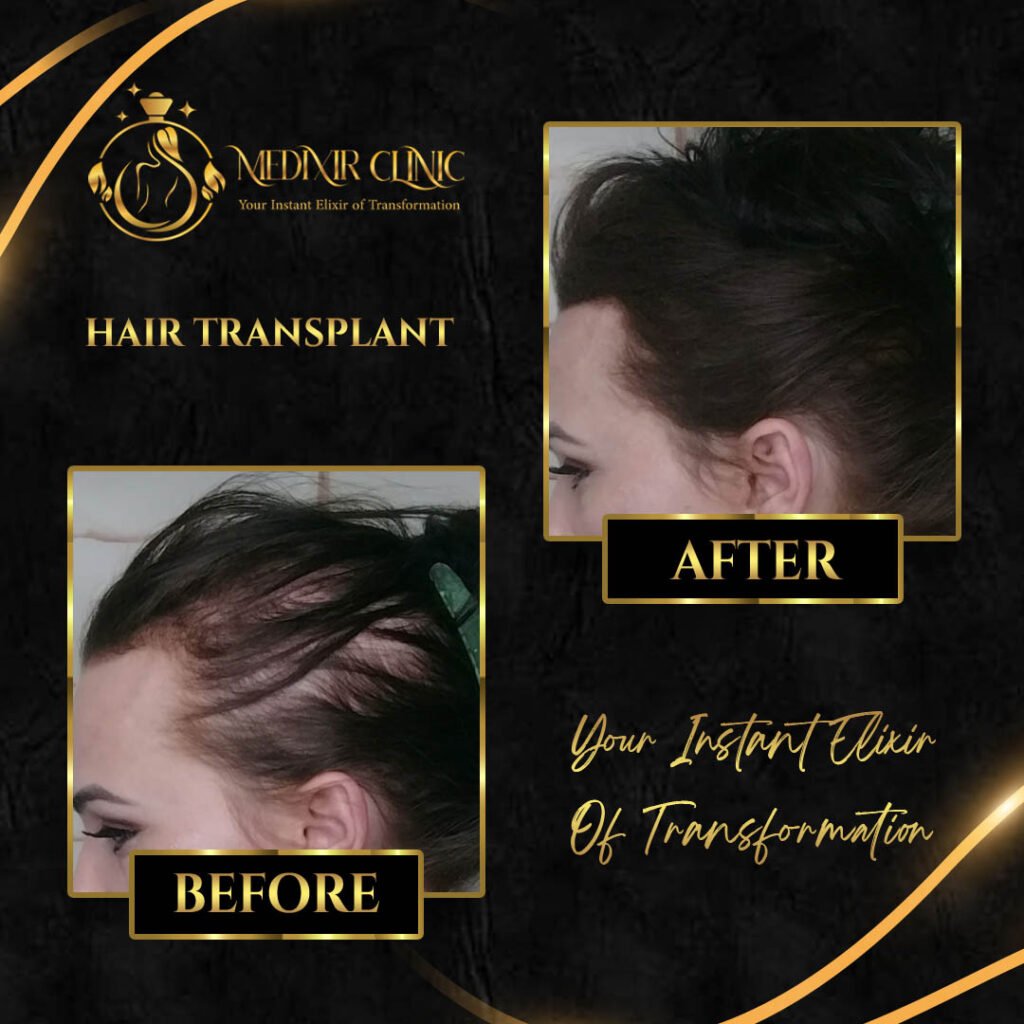
Beard Transplant at Medixir Clinic
A full, well-defined beard is a powerful feature of masculinity and self-expression. At Medixir Clinic, our beard transplant procedures are designed to restore facial hair density with natural-looking, permanent results—whether you want to enhance patchy areas or create a brand-new beard shape from scratch.
We use the latest FUE (Follicular Unit Extraction) and DHI (Direct Hair Implantation) techniques to carefully extract healthy hair follicles from the donor area (usually the back of the scalp) and implant them into the beard area, following your desired pattern and facial symmetry.
Our expert team ensures every graft is placed with precision—respecting the natural angle, direction, and density of facial hair growth. The result is a beard that not only looks real but grows, trims, and feels just like your own.
Whether you’re aiming for a full beard, goatee, mustache, or filling in gaps from previous trauma or genetics, Medixir Clinic offers a personalized experience in a modern, comfortable setting. Regain your confidence—one follicle at a time.
Frequently Asked Questions

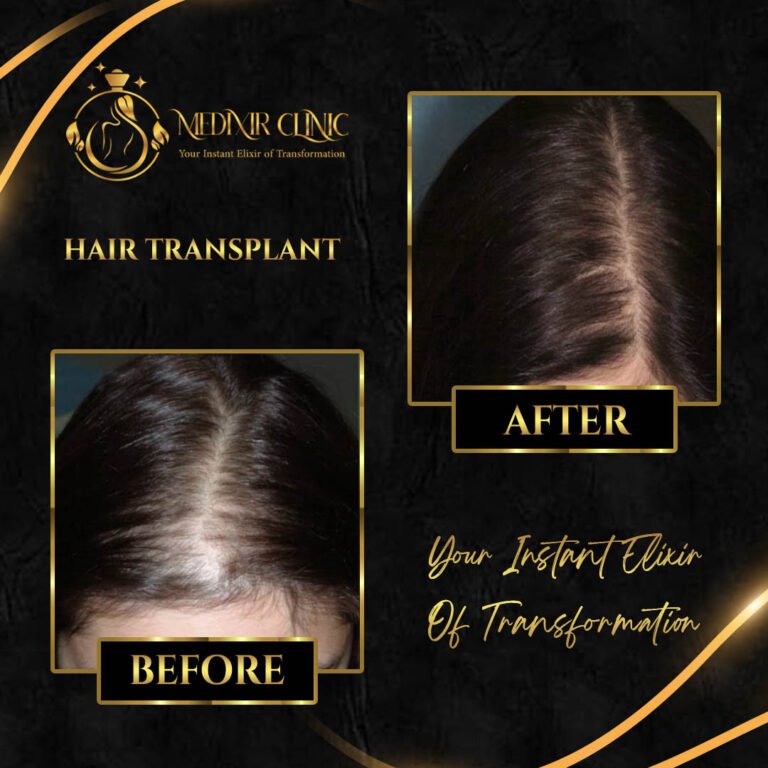
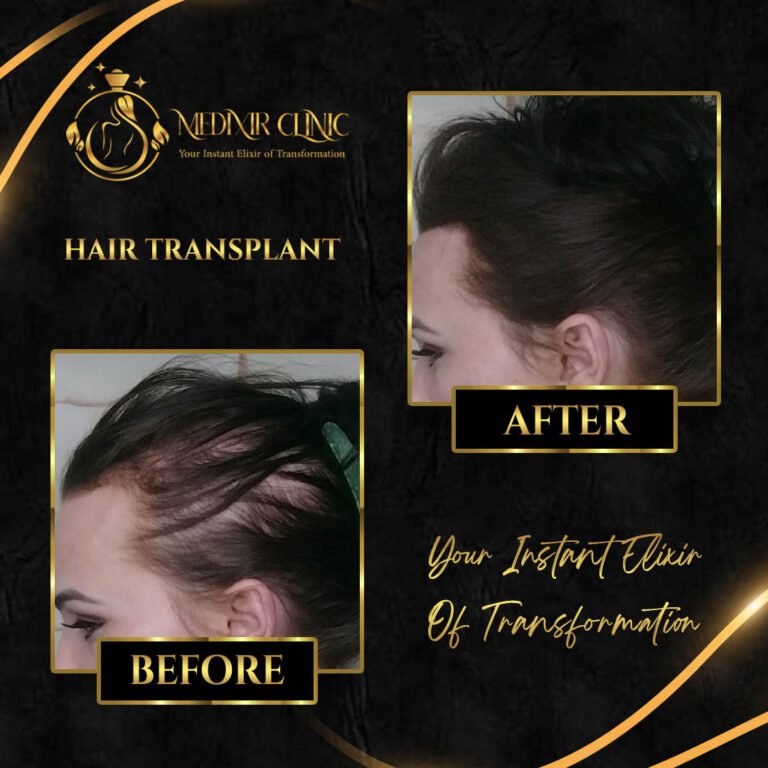
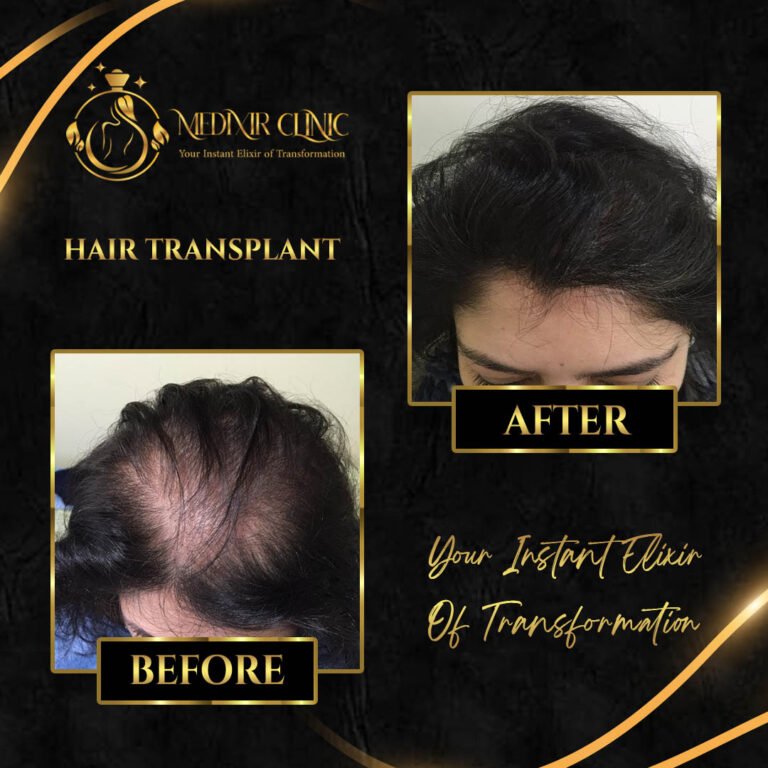
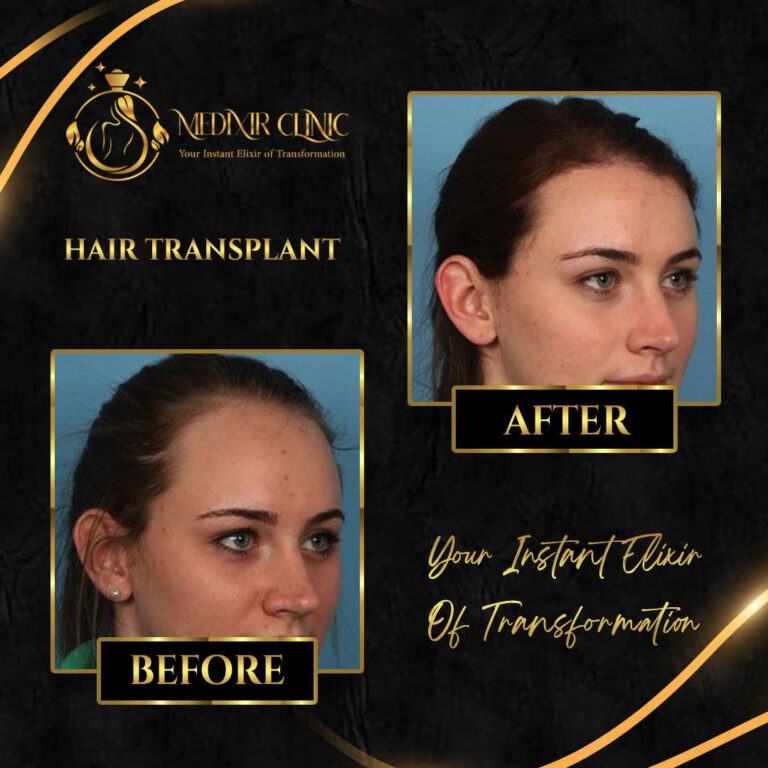
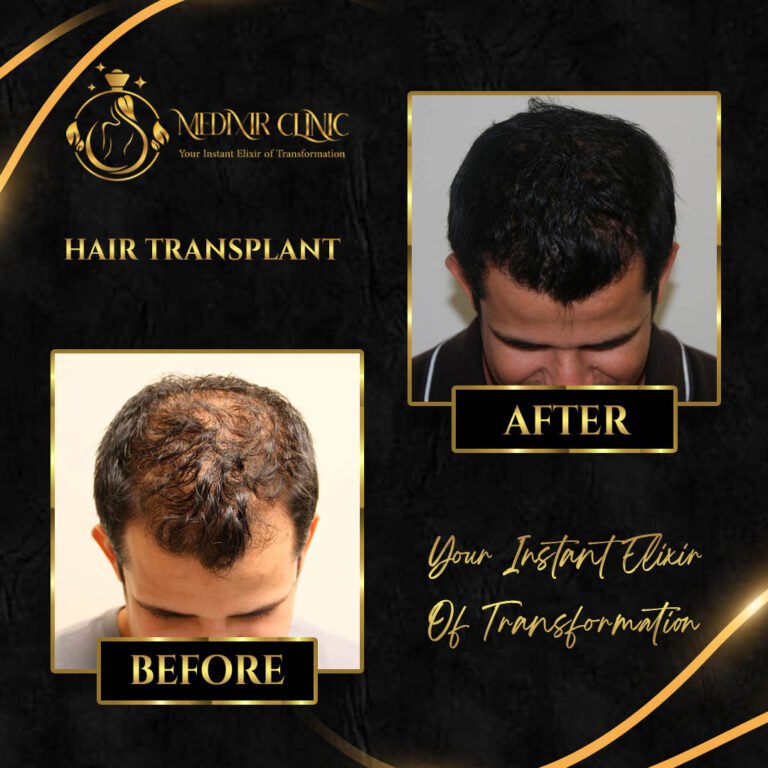
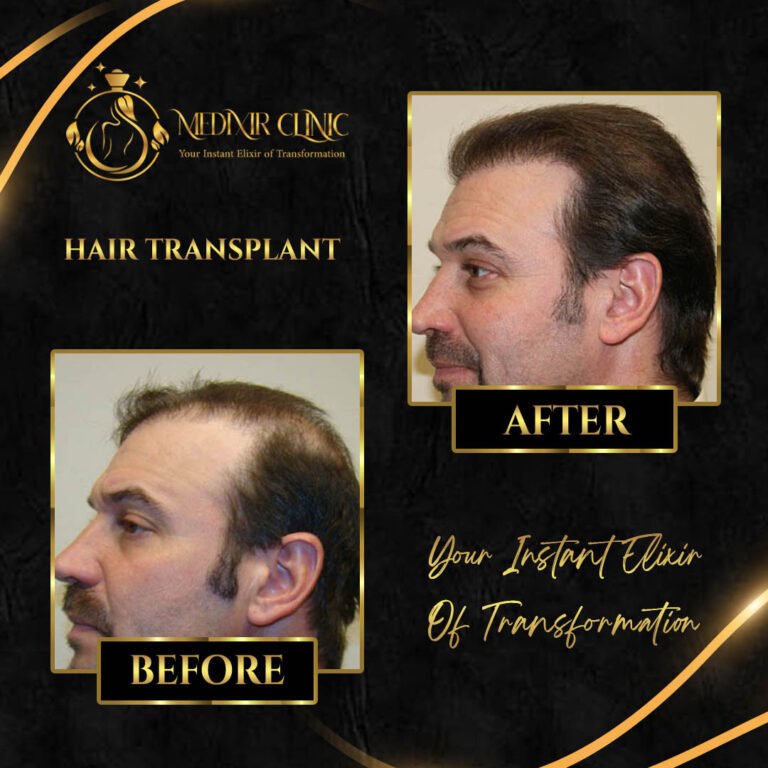
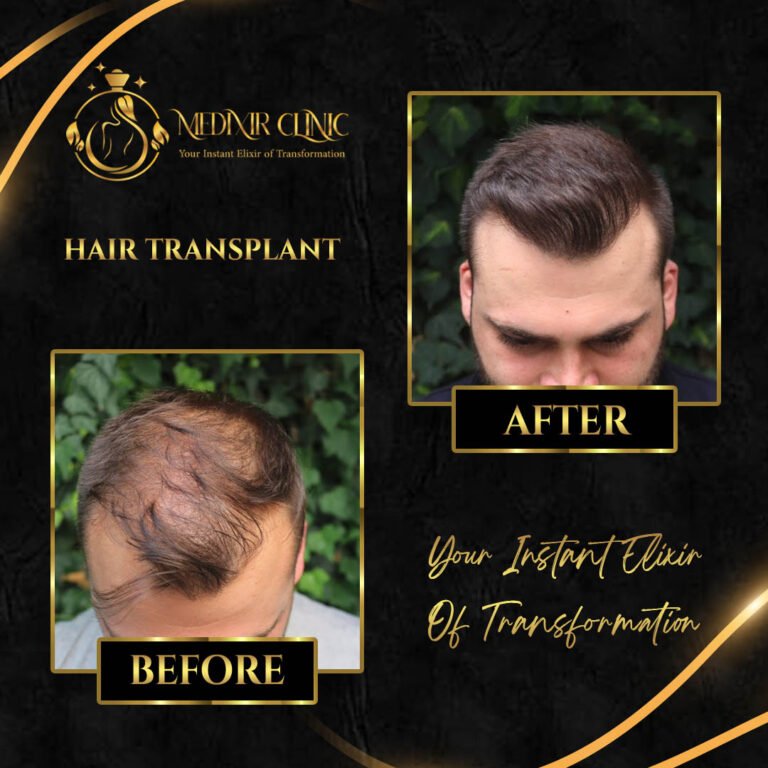
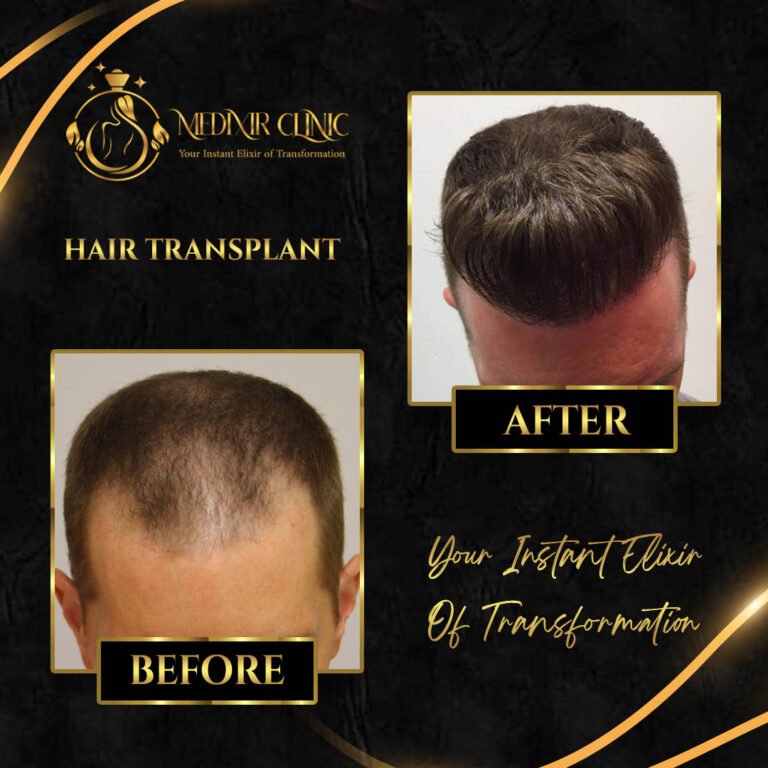
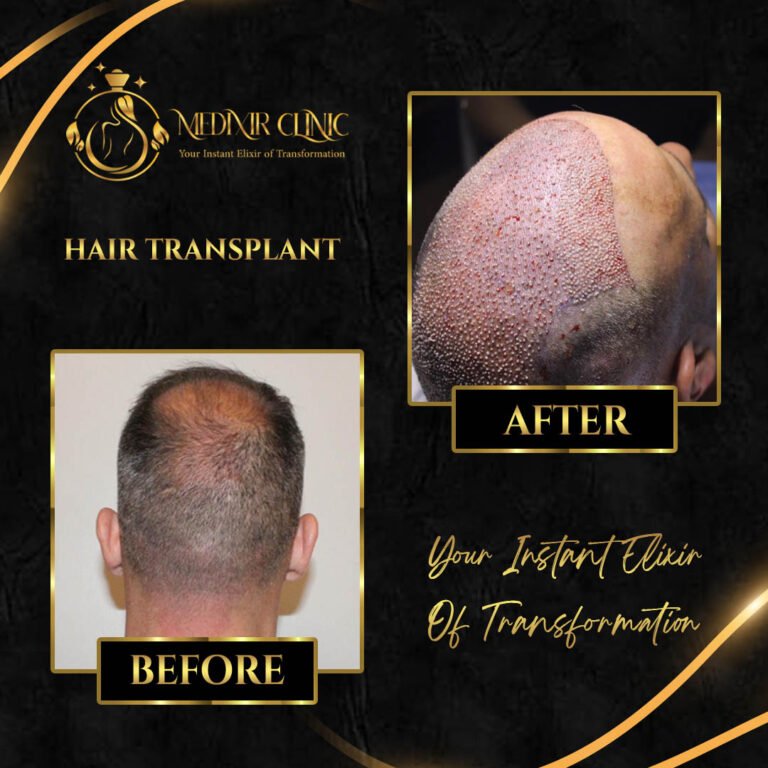
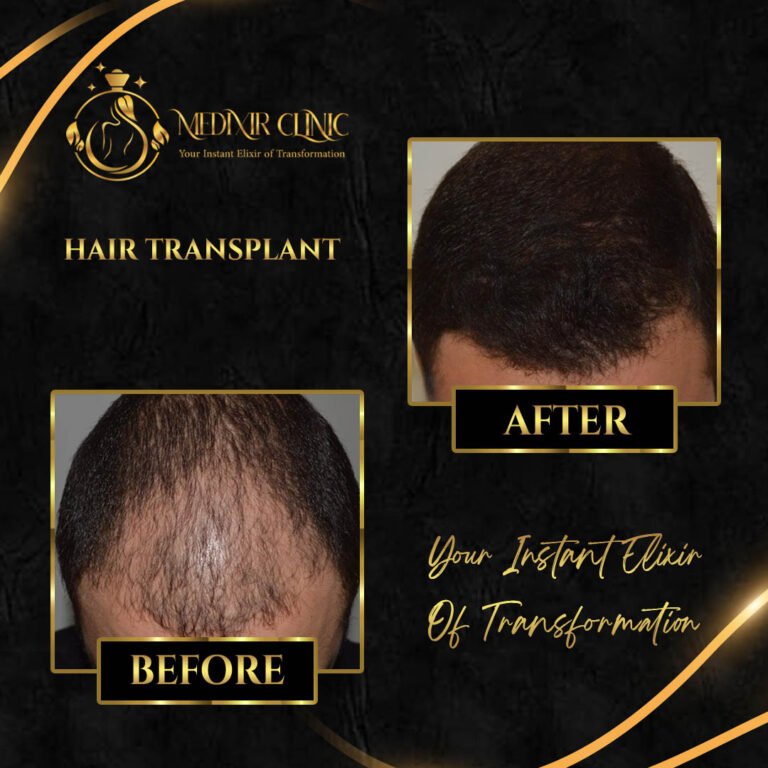
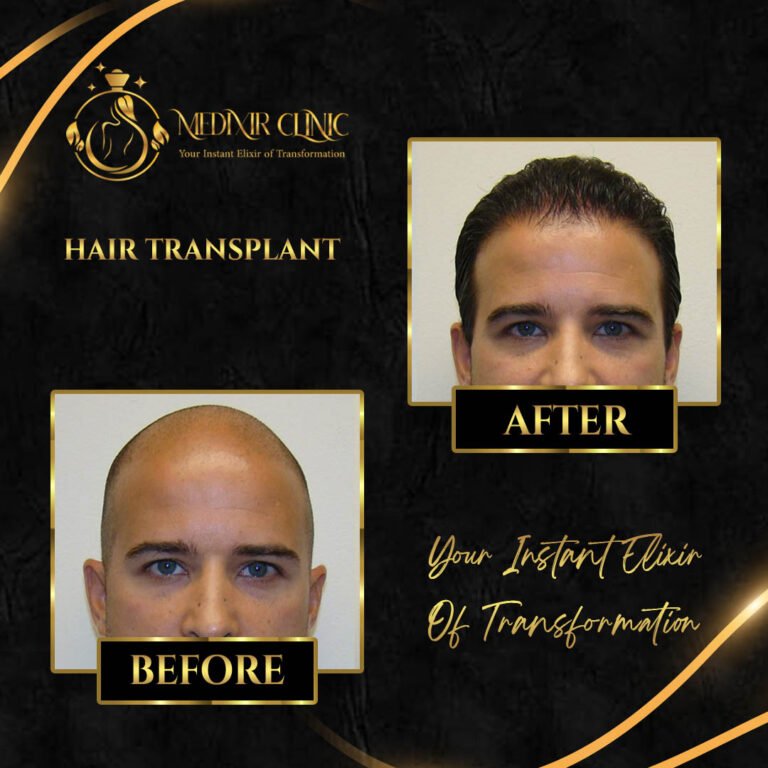
Beard Transplant
Beard transplant is a surgical procedure aimed at restoring facial hair in areas where the beard is sparse or completely absent. This procedure has gained popularity among men who desire a fuller, more defined beard, especially those who struggle with patchy or thin facial hair.
At Medixir Clinic, we offer advanced beard transplantation using the most effective methods, such as FUE (Follicular Unit Extraction) and DHI (Direct Hair Implantation). These techniques involve extracting hair follicles from the donor area (usually the back of the scalp) and transplanting them into the beard area.
The first step of the beard transplant procedure is the extraction of healthy hair follicles from the donor area using the FUE or DHI technique. The follicles are carefully removed and prepared for transplantation. This process is done under local anesthesia, ensuring a comfortable experience for the patient.
Once the follicles are extracted, they are transplanted into the beard area. The surgeon creates tiny incisions in the recipient area to ensure that the hair is implanted at the correct angle and direction, providing a natural and seamless look. The hair is strategically placed to achieve a dense and uniform beard appearance.
The advantage of FUE and DHI methods is that they leave no visible scars and promote a quicker recovery compared to traditional methods. The use of these advanced techniques results in a more comfortable procedure and more natural results, with minimal downtime.
After the surgery, patients may experience mild redness, swelling, or discomfort in the donor and recipient areas. These side effects typically subside within a few days. The transplanted hair may shed within the first few weeks, but new growth will appear from the transplanted follicles within 3 to 6 months.
Full results from a beard transplant are usually visible after 12 to 18 months, with the transplanted hair continuing to grow naturally. The results are permanent, and the transplanted hair follicles are resistant to the hormones that cause hair loss.
Beard transplant is a highly effective solution for men who want a fuller, thicker beard. It can be used to fill in patchy spots, create a stronger jawline, or even restore a complete beard. At Medixir Clinic, we offer personalized care to help you achieve the beard you've always wanted.
If you are considering a beard transplant and want to restore your confidence, schedule a consultation with our experts today. We can help you achieve a natural-looking, fuller beard that complements your facial features.
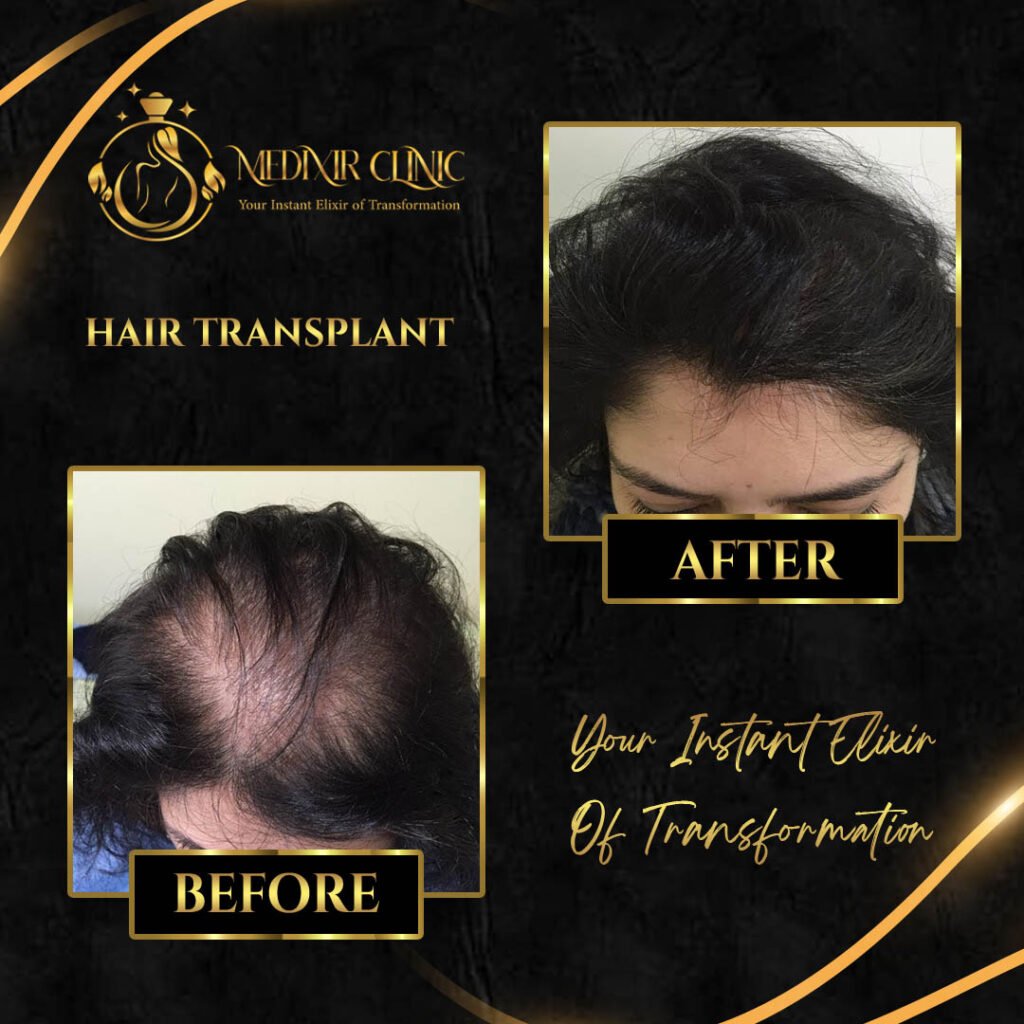

What is a Beard Transplant?
A beard transplant is a cosmetic procedure that involves transplanting hair follicles from the scalp to the beard area, restoring density, shape, and fullness for a natural and well-defined beard appearance.
